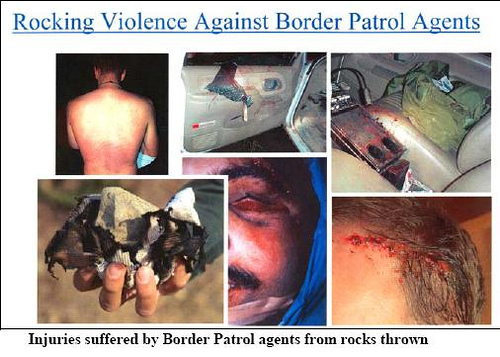Customs and Border Protection tightened restrictions on when and how agents and officers will be allowed to use deadly force — changes that, had they been in place, critics say, might have prevented many of the 45 deaths at the hands of agents on duty since 2005.
Following months of mounting public pressure, CBP Commissioner Gil Kerlikowske on Friday also released an uncensored, scathing report on the agency's prior use-of-force policies. That report, kept secret for 15 months, revealed that in at least two use-of-force deaths since 2010, agents violated CBP policies. The report also states that investigations into use of deadly force often lacked "diligence."
Kerlikowske also released CBP's new use-of-force handbook, which includes many — though not all — of the changes called for in the critical report.
Kerlikowske declined to say when or whether CBP would release the names of agents involved in deadly-force cases, the actions taken in such cases, or copies of videos that could show what happened. The release of names, details and video evidence is routine at many police forces around the country.
 |
| CLICK HERE to Read the Handbook |
The new use-of-force policies require Border Patrol agents and Customs officers to avoid placing themselves in situations in which they have to use deadly force.
For example, the new policy spells out that agents are not to step in front of or block the path of a moving vehicle. They also are not to fire at rock-throwers unless they have a "reasonable belief" that there's an imminent danger of serious physical injury or death; when possible, agents are to seek cover or move back "out of the immediate area of danger."
The new policies require agents to carry and be trained in the use of less-lethal weapons. Previously, such weapons were optional. The new policies also require additional training and mandate the agency to investigate all incidents of use of deadly force, not just those that result in death or serious injury.Read the rest of the story HERE and related videos below:
If you like what you see, please "Like" us on Facebook either here or here. Please follow us on Twitter here.




No comments:
Post a Comment